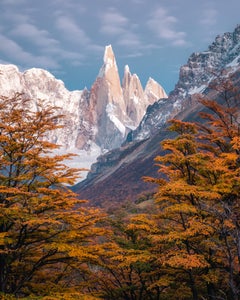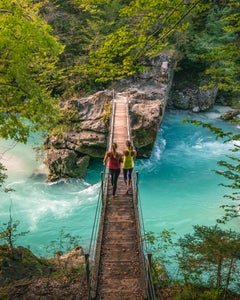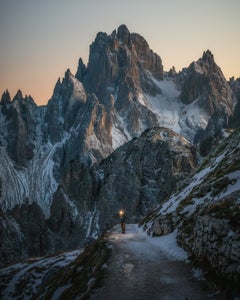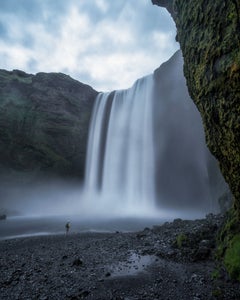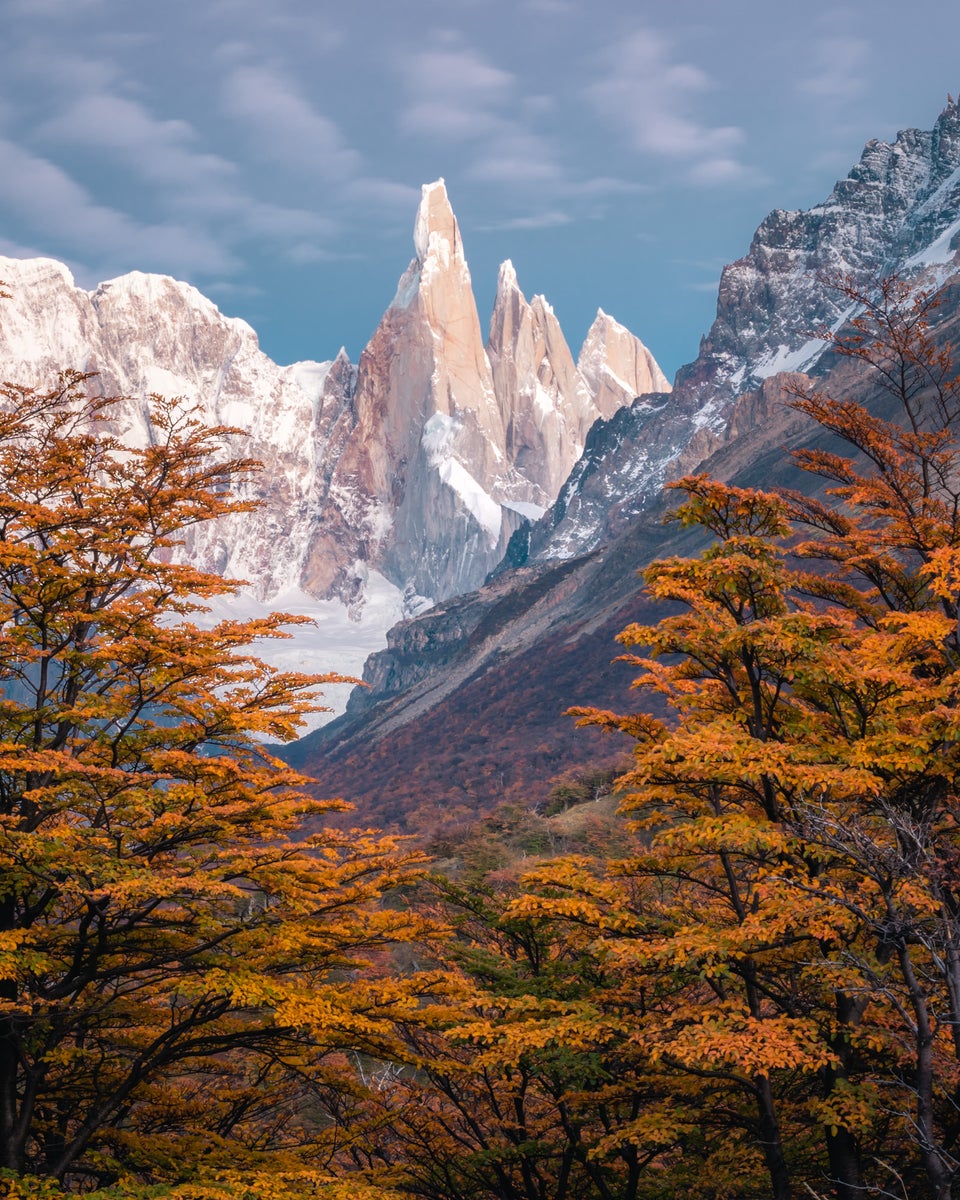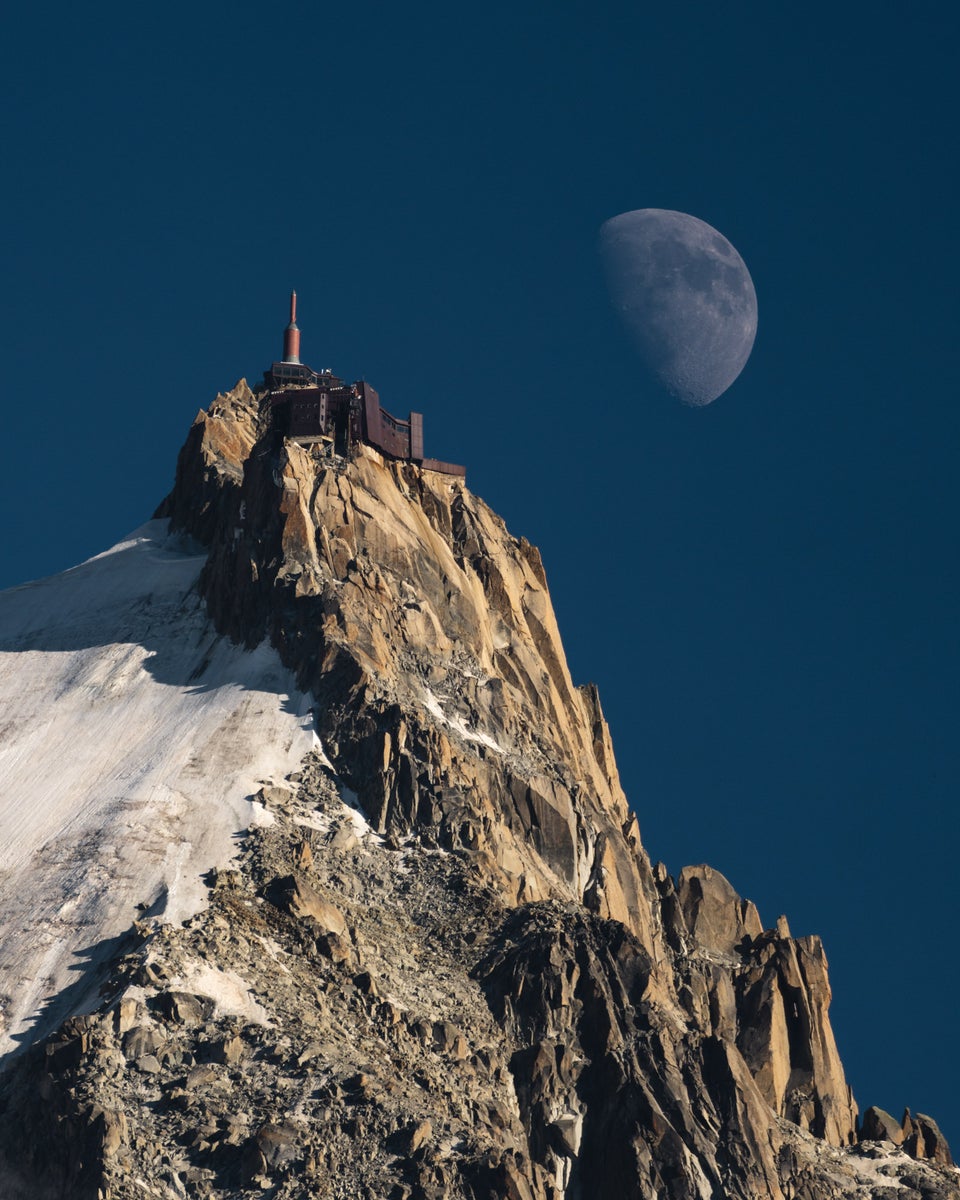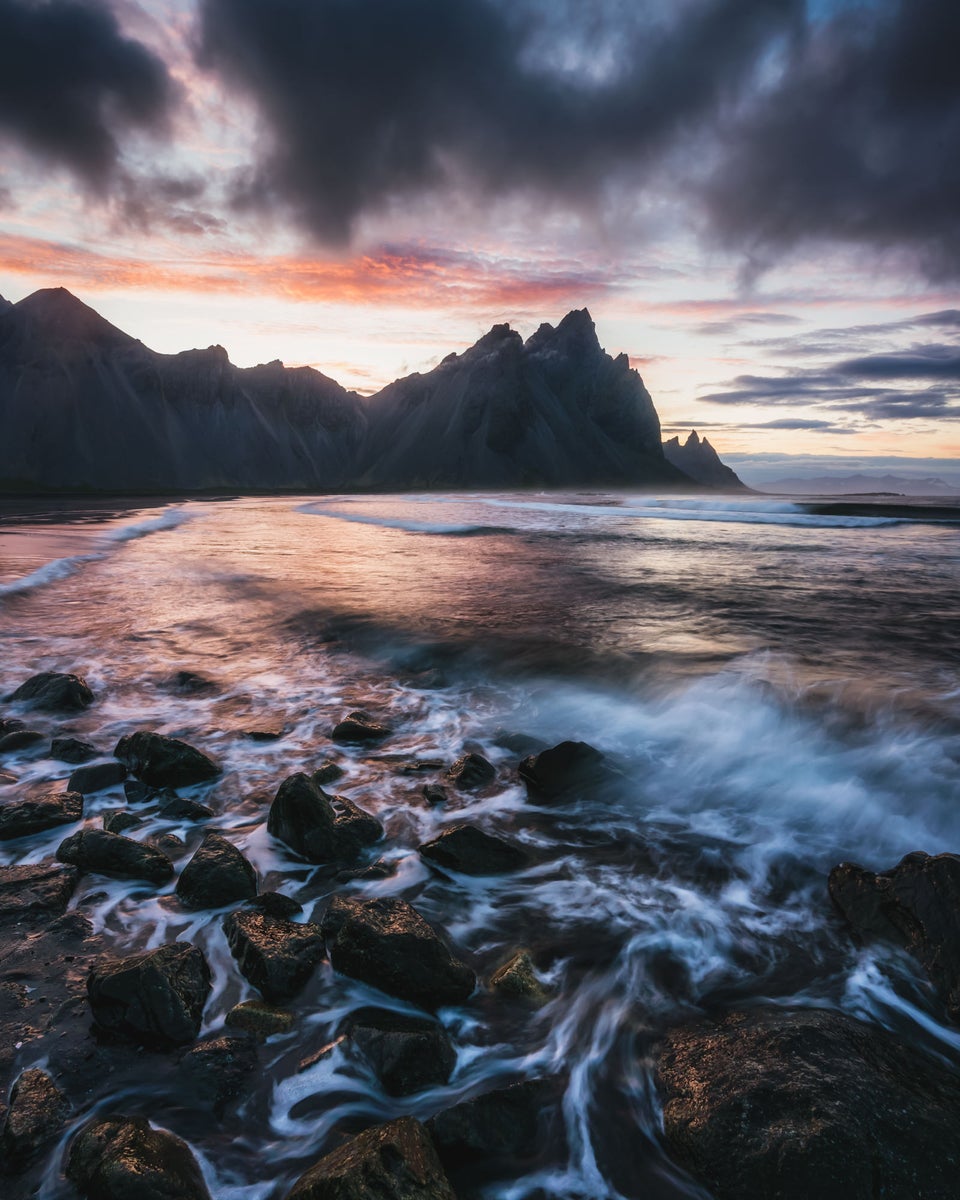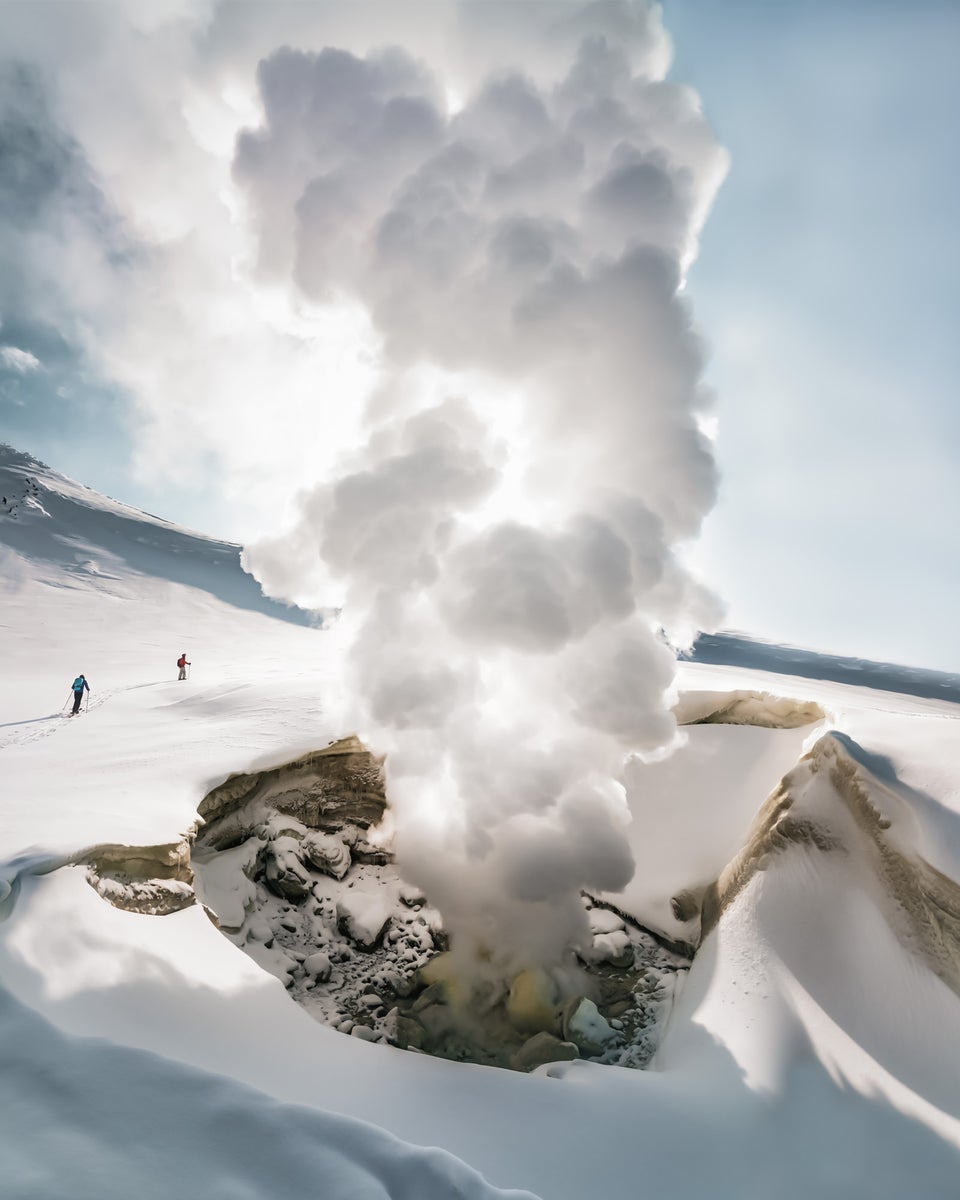Seattle-based Alpha Collective member Scott Kranz (@scott_kranz) is a professional photographer, filmmaker and educator who specializes in outdoor adventure, lifestyle, landscape and travel content. Kranz has spent his career shooting assignments and projects on location and making jaw-droppingly beautiful imagery along the way. His career has taken him around the globe to locations including the French Alps, Japan, Patagonia, New Zealand and throughout the American West. In fact, he has traveled to and shot on all seven continents (yes, even Antarctica)! Kranz is an expert in travel and outdoor photography and here he shares with us his top tips so you can create successful outdoor travel images too.
Photographer & Alpha Collective member Scott Kranz shares his top tips for creating successful imagery when traveling outdoors.
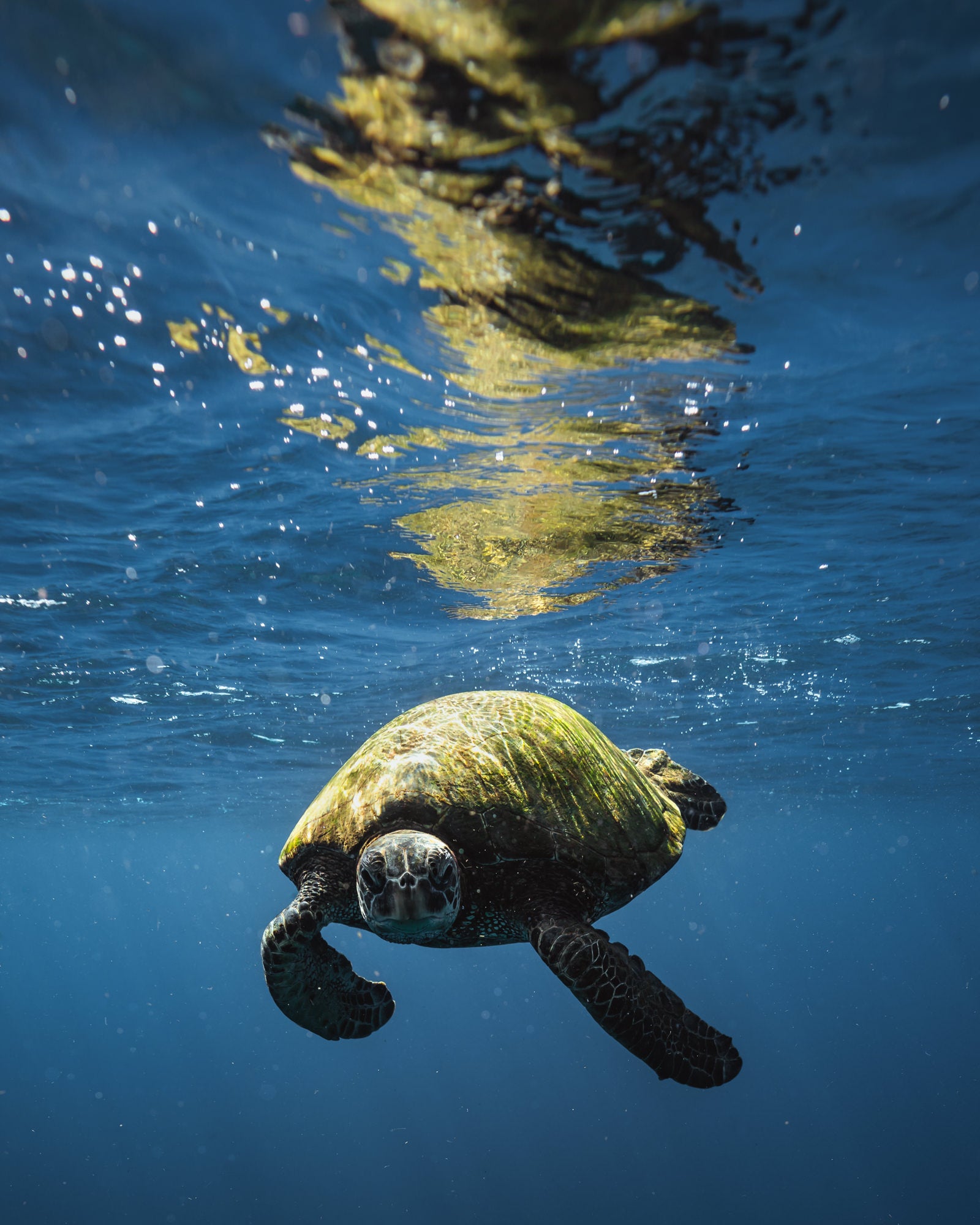
Photo by Scott Kranz. Sony Alpha 7R III. Sony 16-35mm f/2.8 G Master. 1/800-sec., f/5, ISO 320
1. Set Those Foundational Skills
One big thing you can do to level up your photography well before any trip, is to learn your equipment inside and out. “It allows you to work with your gear as second nature or through muscle memory,” Kranz says. “It allows the bulk of your energy, when you’re in the field, to be focused on your creativity and what you can create with those tools, not on the tools themselves.” He goes on to explain that knowing your camera’s capabilities, features and layout will ultimately lead to your success in photographing while traveling.
Kranz has found making custom buttons and menus extremely useful. That way, the settings and features you use most are easily accessible, often through a single click. “On my Sony Alpha 1, I have fully customized 16 different dials and buttons right on the camera body. I have set buttons for not only aperture, shutter speed and ISO, but also autofocus, focus area, focus mode, white balance, interval shooting, APS-C shooting mode, among many others.”
There are a number of ways to learn and master these fundamental skills and others. Of course practice is key, but Kranz also says that connecting with other photographers and learning from them is another important avenue to help you step up your game. The new Alpha Universe Forums are a great way to connect with photographers, including Sony ambassadors like Kranz.
2. When Packing, Select Versatile Gear
In preparing for your trip, it is important to select and pack versatile gear. “If you're traveling to an area that you have not yet visited, despite any research, planning, and networking you would do leading up to the trip, you can only know so much about what you will see and experience. Having the gear that would leave open the most creative options can really pay off.”
In addition to a wide or standard focal-length lens, Kranz recommends a versatile telephoto lens with a variable focal length, such as the Sony 70-200mm f/2.8 G Master or the Sony 100-400mm f/4.5-5.6 G Master. “Having an adjustable focal length can open up unique compositions and creative opportunities. When traveling, it’s often difficult to anticipate what you’ll experience, and these lenses can help you react to the moment, even if it’s a fleeting or spontaneous one.”
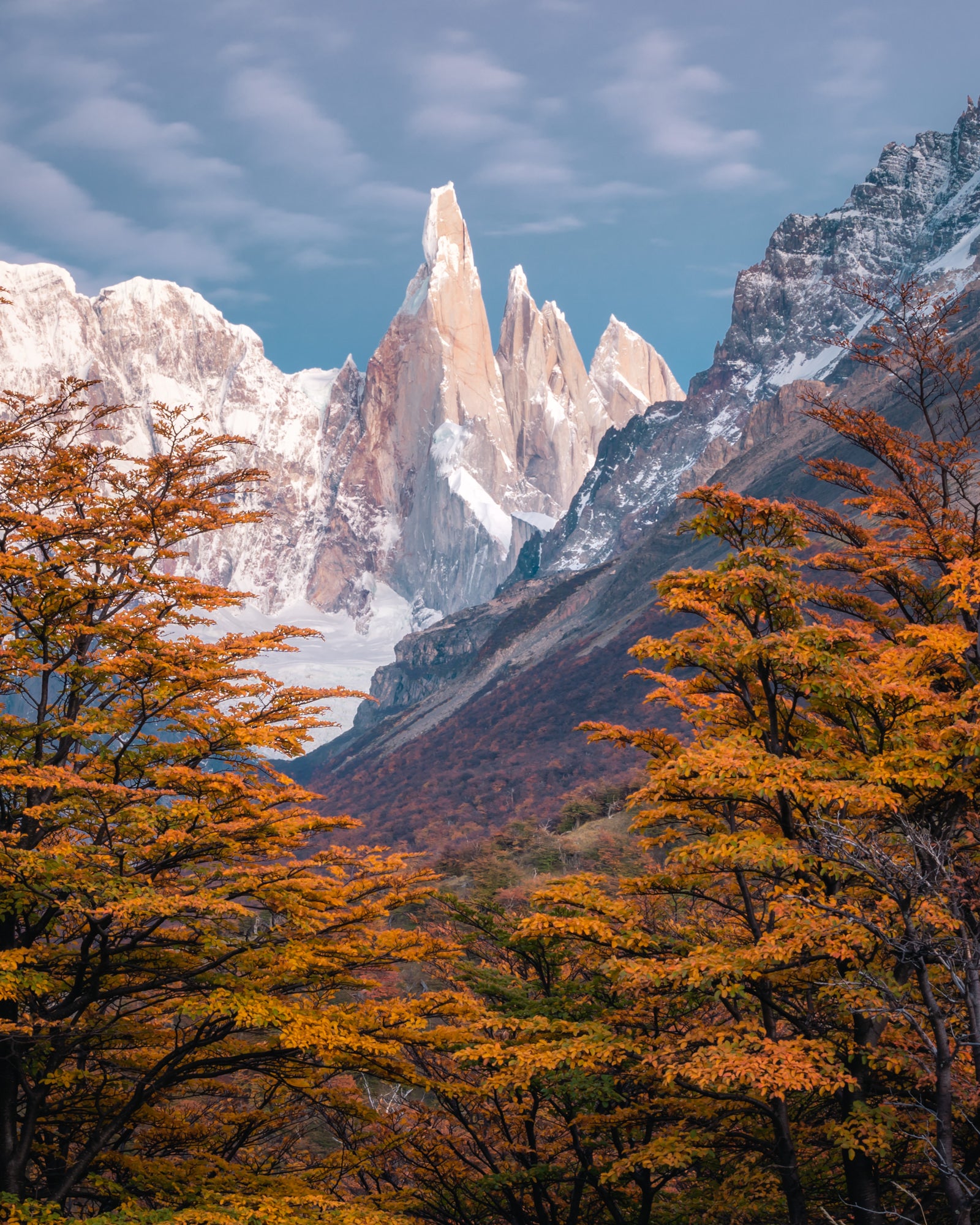
Photo by Scott Kranz. Sony Alpha 7 III. Sony 70-200mm f/2.8 G Master. 6 sec., f/20, ISO 160
Kranz also notes that when he travels, he often switches between still photography and video, so it’s helpful to have a camera kit that is strong in both arenas. “For me personally, I'm constantly shooting both stills and motion when out in the field. It's just another way to capture and memorialize the experience and its impact.”
Kranz's basic kit while traveling is the Sony Alpha 1 as his primary camera body and then typically the Sony Alpha 7S III or the Sony Alpha 7R IV as a second body. He always brings a variety of lenses, too. His lenses often include a wide prime or a variable focal length. The prime would likely be the Sony 20mm f/1.8 G or the Sony 24mm f/1.4 G Master. The variable length would be the Sony 16-35mm f/2.8 G Master, and his go-to standard focal length option is the Sony 24-105mm f/4 G. And finally, he frequently brings a telephoto of some sort, typically the Sony 70-200mm f/2.8 G Master or the Sony 100-400mm f/4.5-5.6 G Master.
3. Research & Plan
Conducting basic online research, searching geotags and hashtags on social media, and reaching out to locals are all great ways of planning and preparing for your trip. “The goal is to learn and ultimately experience what makes that location unique,” Kranz explains. “That’s the beauty of travel more generally, experiencing how these areas differ from our home and where we live.”
Kranz also says that learning as much about the unique aspects of a place before you arrive will help you determine when and where to shoot while on location. It can also help with packing and planning by confirming the need for particular pieces of gear, for example, a wide-angle lens to shoot an active volcano’s fumaroles or a telephoto lens to capture distant wildlife.
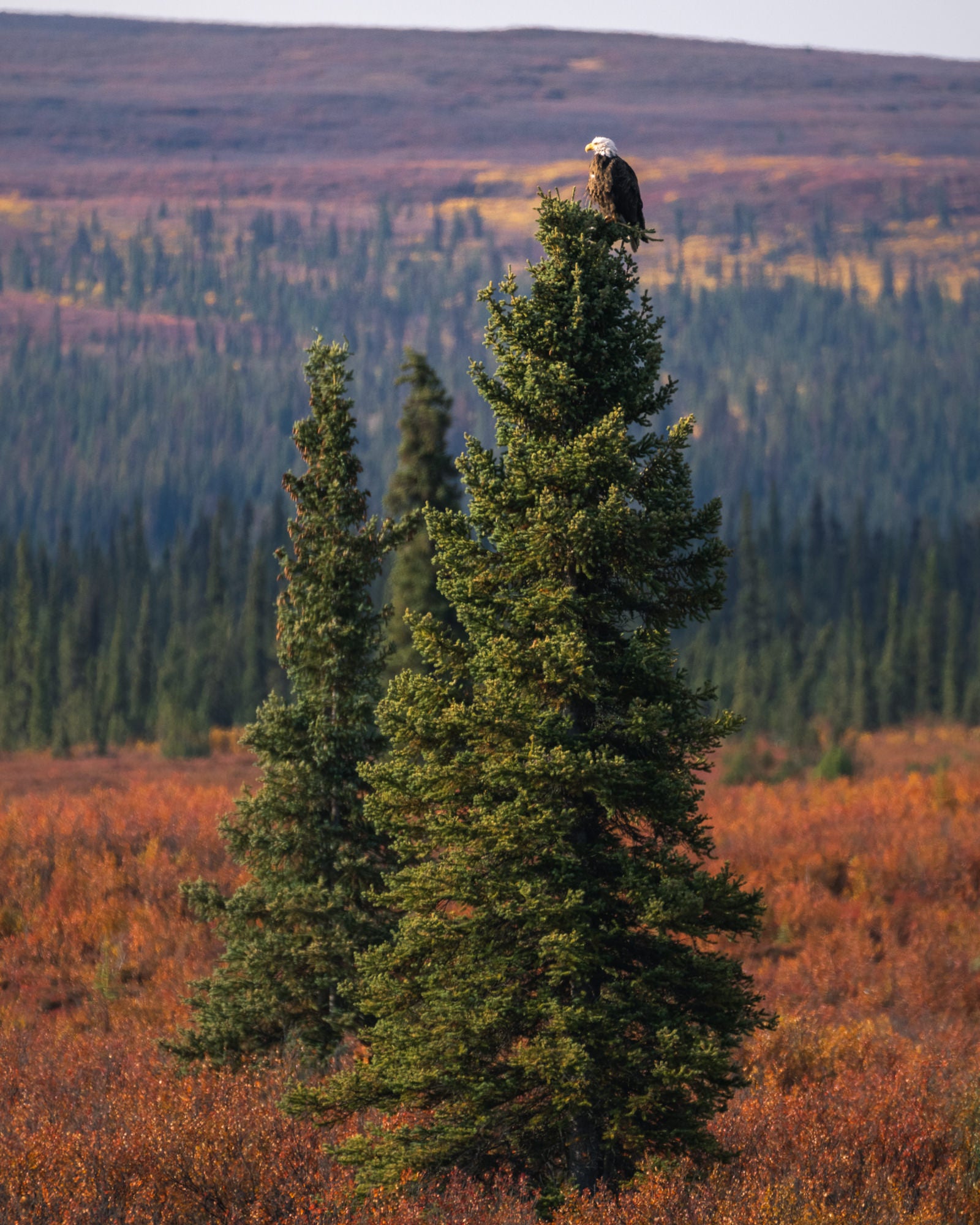
Photo by Scott Kranz. Sony Alpha 1. Sony 100-400mm f/4.5-5.6 G Master. 1/1000-sec., f/5.6, ISO 160
Along with researching and planning, Kranz explains that connecting with someone local to the area you’re visiting can be invaluable. “You can't replace the knowledge that a local might have in terms of unique local events and locations. You don’t know what you don’t know, so find and reach out to a local and ask the favor of connecting and speaking about your upcoming trip.”
4. Maximize Your Time
Another thing to do when traveling outdoors for photography is to maximize your time. “When you’re at your destination, I highly recommend getting out early or staying out late - or both - to capture photography. This often maximizes shooting in the best light, and you might be surprised what you’ll find when the bulk of tourists aren’t out and about.”
Unique opportunities to shoot at unusual times can present themselves when traveling to destinations that are several time zones ahead or behind you. For example, when traveling from the United States to Europe around the start of summer, you could consider maintaining your “home” sleep schedule by staying up past sunrise and into the night, even catching sunrise before finally going to bed. While this might sound like an extreme example, Kranz did just this when he traveled to Iceland (which is seven hours ahead of his usual Pacific time) around summer solstice. “While most tourists would leave popular destinations around sunset, we stayed out past midnight and enjoyed several hours of blue hour solitude, followed by a wonderful 3 a.m. sunrise.” Then go to bed at a time that you normally would at home and experience all these things with fewer tourists and no jet lag.
5. Don’t Settle For The Obvious
Often when traveling, you’ll end up at popular tourist spots. Places that are famous on Instagram and online often have a “classic image” that everyone takes. Kranz recommends not settling for that obvious image. Instead, push yourself to be creative in terms of composition, angle or perspective. Overall, take some time to really work and figure out a scene.
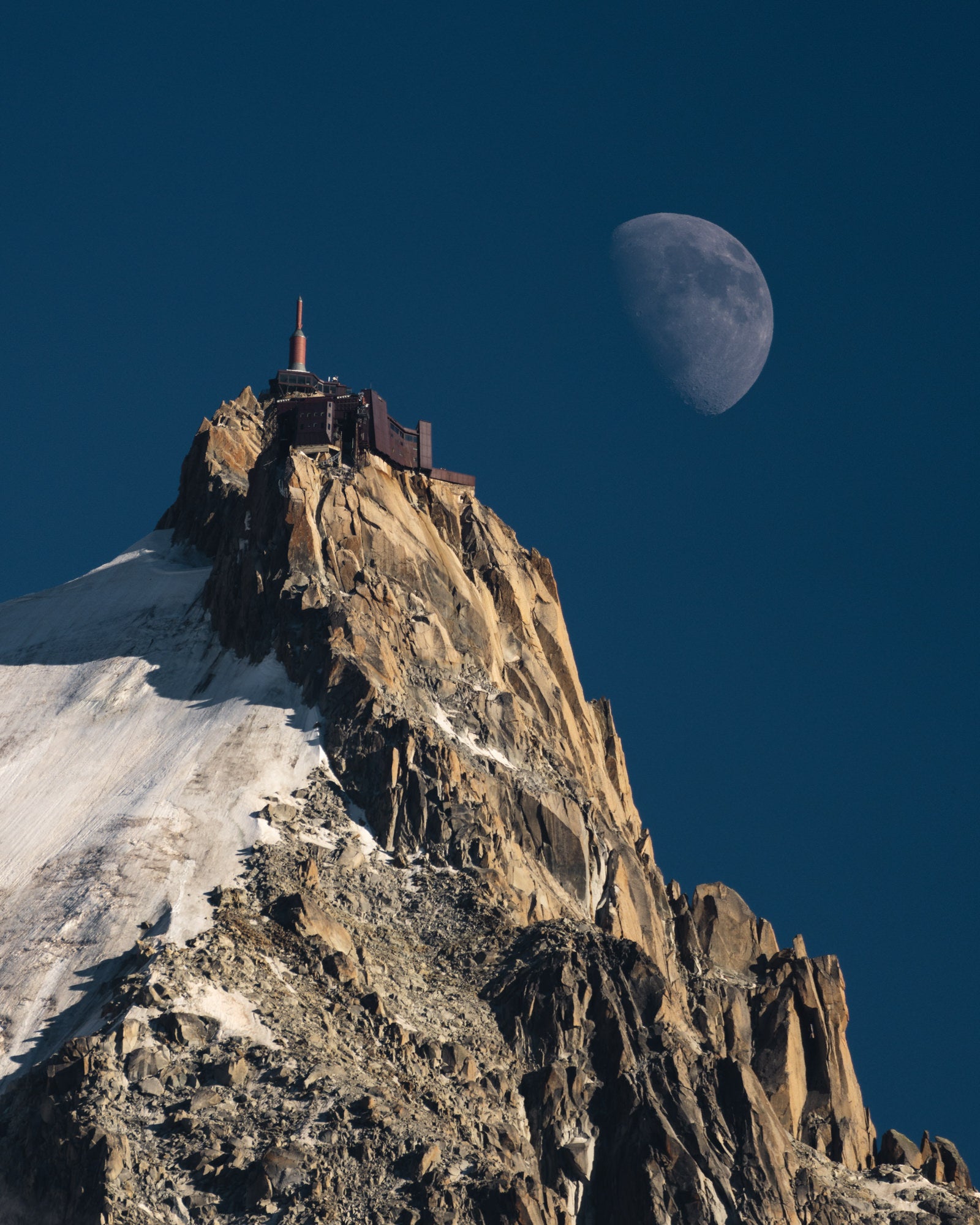
Photo by Scott Kranz. Sony Alpha 1. Sony 100-400mm f/4.5-5.6 G Master. 1/1000-sec., f/5.6, ISO 80
“This can be as simple as just moving your feet, or getting high or low. And more importantly, it’s imperative to keep an open mind when capturing a scene. Having too specific expectations or pre-visualizations can often result in wearing proverbial blinders. It is easy to get too focused on a particular vantage of a scene, almost to the point where you're not seeing alternative compositions or details that are happening around you or behind you.”
6. Don’t Rush Your Edit
It’s exciting when you walk away with a bunch of beautiful imagery, but Kranz says if you can you should exercise patience when it comes to the edit. “I know many people love to immediately dive into post-processing and edit their favorite images right away, and there’s nothing wrong with that,” explains Kranz. “But if you have the patience and time to do so, consider pausing and waiting to start your edit. Our travel experiences can be so rich and impactful, and their lasting effect can skew the way we see the raw imagery. Allow the firsthand experience to fade in memory a little bit so that you can see what we’ve captured more objectively.”
Kranz further suggests that if you don’t have the time to sit on editing images, another way to get a fresh perspective on your images is to ask a friend in the photographic community to take a look at your shot. An objective eye can be extraordinarily useful in culling and selecting images in the wake of your trip.
Looking to reach out to the photographic community for feedback or guidance? Connect with other Sony shooters on the Alpha Universe Forums.
Follow Scott Kranz on Instagram (@scott_kranz) to keep up with his work and check out his workshops for the opportunity to learn from him.
